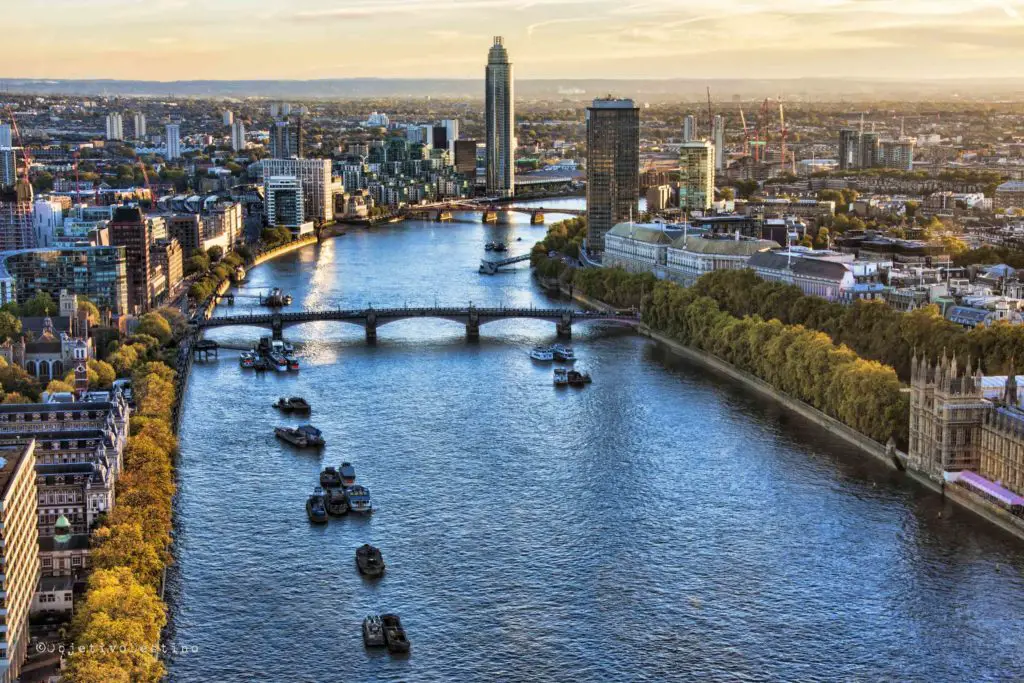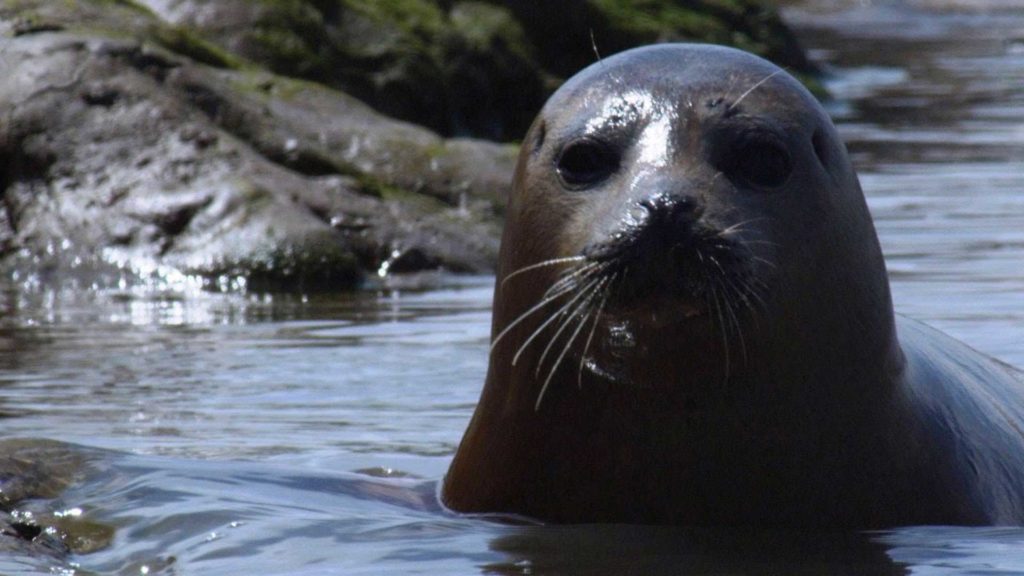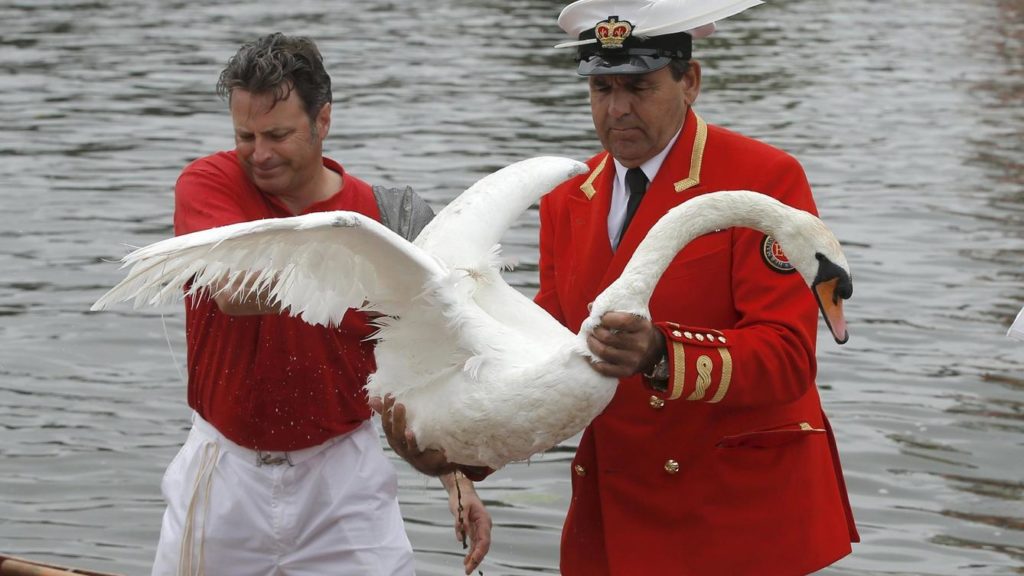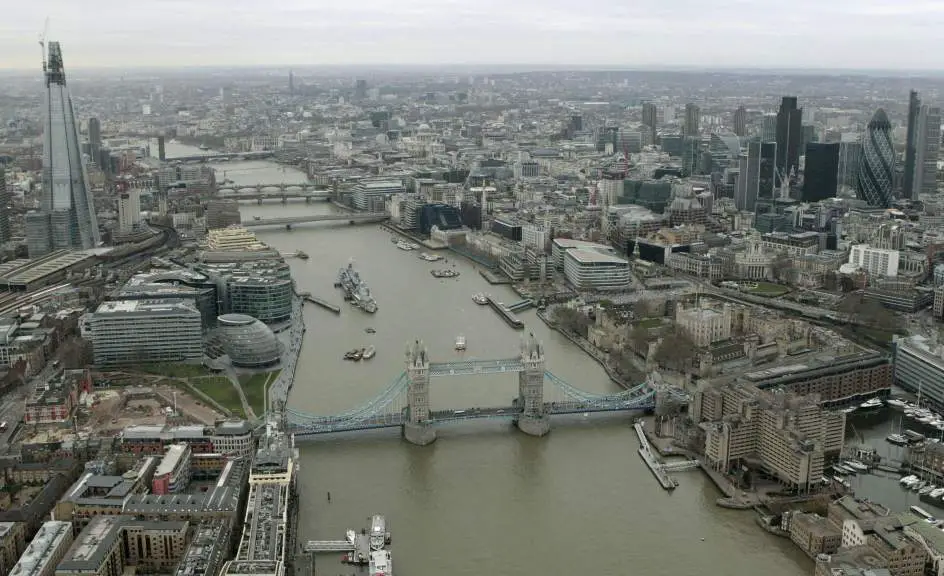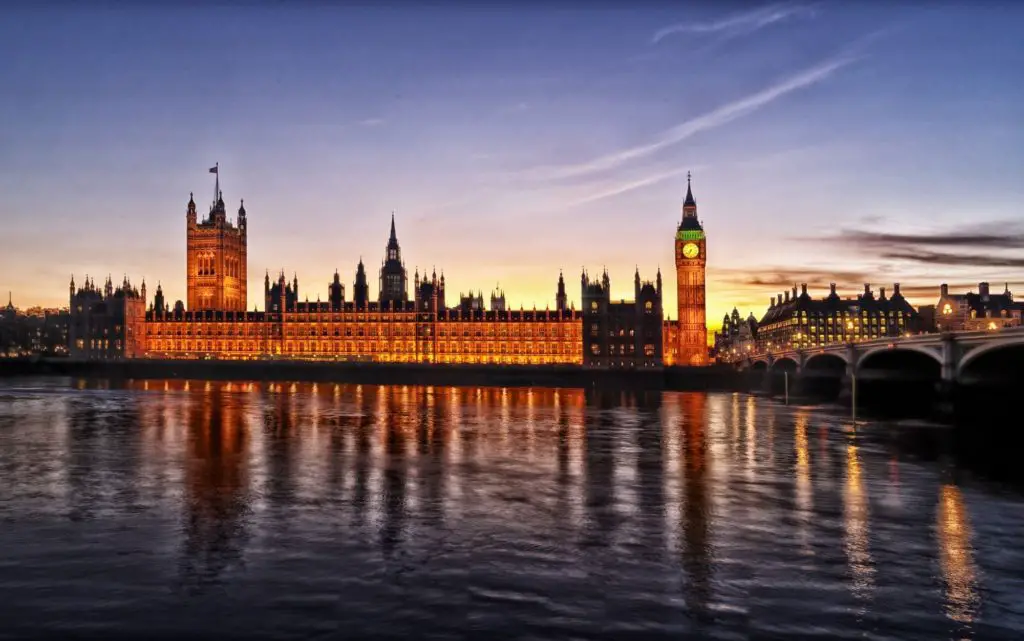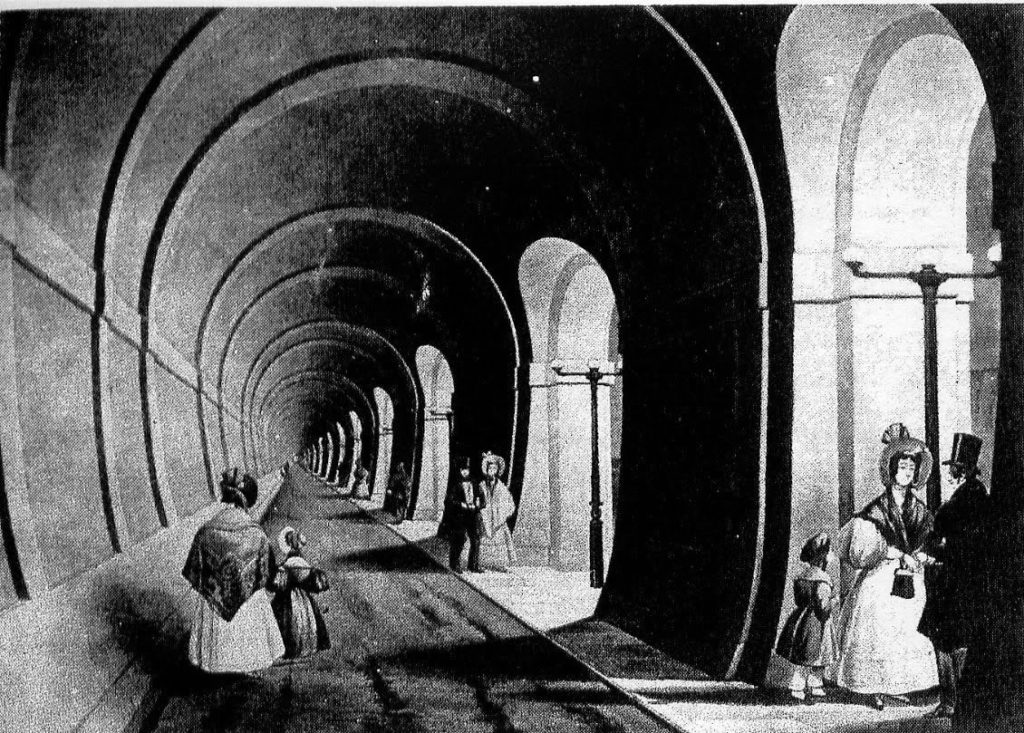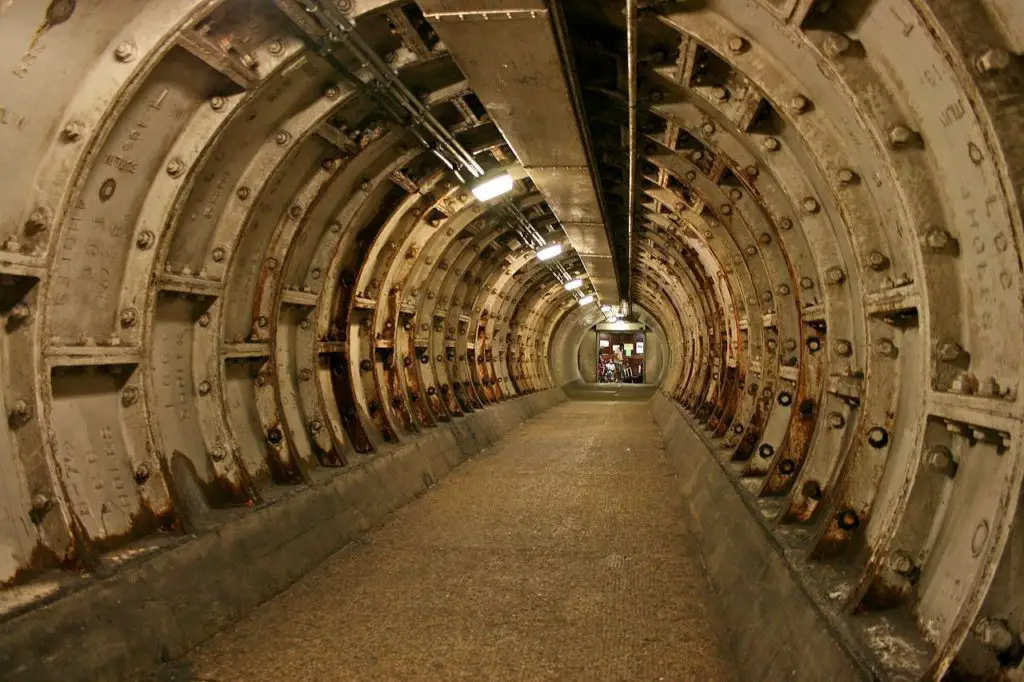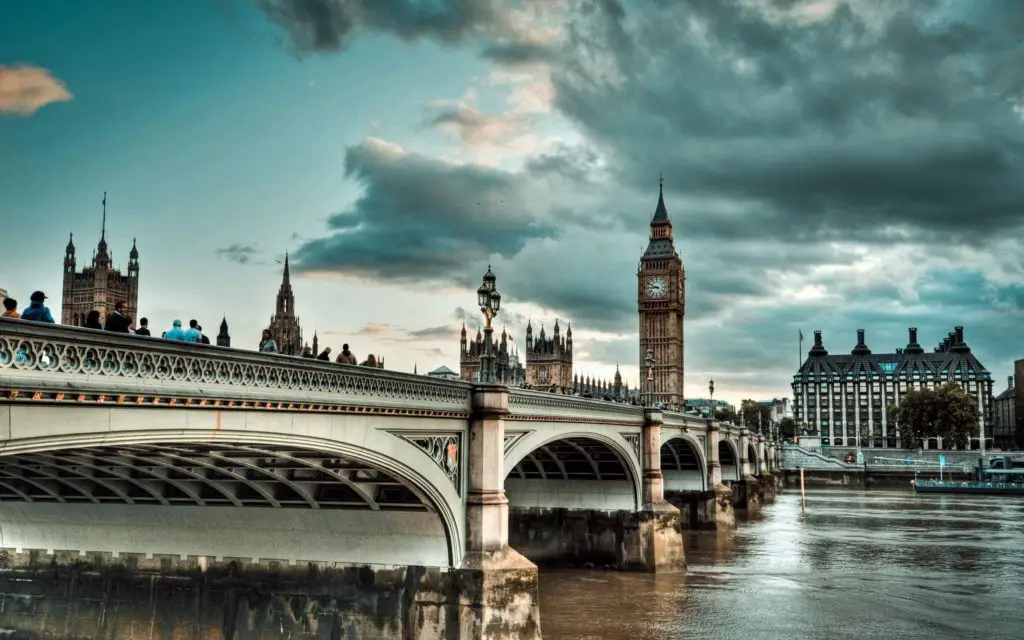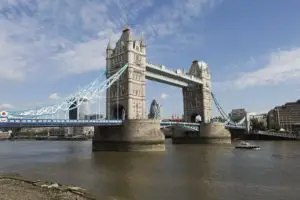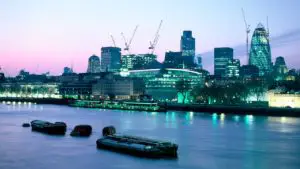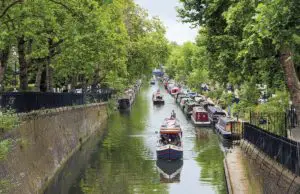Last Updated on August 23, 2023 by Hernan Gimenez
Do you know where the Thames is? Do you know which city the Thames flows through? Do you have an interest and passion for the world’s great rivers? (See links to the world’s longest rivers; the Nile and the Amazon) Read this article and find out all about Britain’s largest river.
Indice De Contenido
- 1 Location and map of the River Thames
- 2 Characteristics of the River Thames
- 3 Source, tributaries and depth of the River Thames
- 4 Thames River Fauna
- 5 Pollution of the River Thames
- 6 Tunnel under the River Thames
- 7 Bridges Over the River Thames
- 8 Oxford-Cambridge Regatta
- 9 River Thames curiosities you should know about
Location and map of the River Thames
As a result of its relief, England has no major rivers, the only major river being the River Thames.
The Thames is the largest and most important river in England, dividing London into two halves (north and south) and being the main source of water supply. Here on this map you can see exactly where it is.
Characteristics of the River Thames
The River Thames is the largest and most important river in England, flowing into the North Sea and connecting the capital of the island (London) to the North Sea.
Length
The United Kingdom is a territory shared by Scotland, Wales and England, whose capital is London, a city with an important geopolitical position as it is the closest city to the European continent and is divided in two by this 340 km long river.
Being an island, the length of this river is not comparable with other continental rivers such as the St. Lawrence River (see link St. Lawrence River), which is almost 1200 km long, or giant rivers such as the North American rivers (see link Yukon River), but it has a similar length to other rivers in Europe (see link Segura River).
In this video you can enjoy a guided walk along the river:
Course of the River Thames
The River Thames is formed or has its source in the confluence of four rivers; the River Churn, the River Coln, the River Isis (also known as the River Windrush) and the River Leach.
On one of its eastern and southernmost branches, the Cotswold Hils in Gloucestershire, its sources are close to the Cotswold Hils in Gloucestershire. Its sources are near Kemble, where it continues to Oxford, then through Wallingford, continues its journey to Reading, then to Henley-on-Thames, passes through Marlow, then continues its journey through Maidenhead, ending at Eton, Windsor and ends in London, where after reaching Gravesend it forms an estuary that will flow into the North Sea.
History of the River Thames
During the period known as the Pleistocene (a division of the Quaternary period), this then young river in its early stages flowed from Wales to Clacton-on-sea and crossed what is now the North Sea to become a tributary of the Rhine (of great fluvial importance today).
It was one of the main means of communication and transport between Westminster and London in the 16th and 17th centuries and, like the Nile, was the mainstay of the societies that grew up around it.
The river has not frozen over since the last time it froze. That was in 1677 in the 17th century, and again in the early 18th century, a situation that has not been repeated since.
The reason for this was that London Bridge, which crosses the Thames, was rebuilt and the number and frequency of its piers were reduced, allowing the water to flow much more easily and freely, thus preventing the water from freezing as it flowed through this section of the river.
The city of London was built on the plain where the Thames flows, and over time the bridges that connect the streets were built over the river, which seems to go unnoticed by those who visit or live in the city.
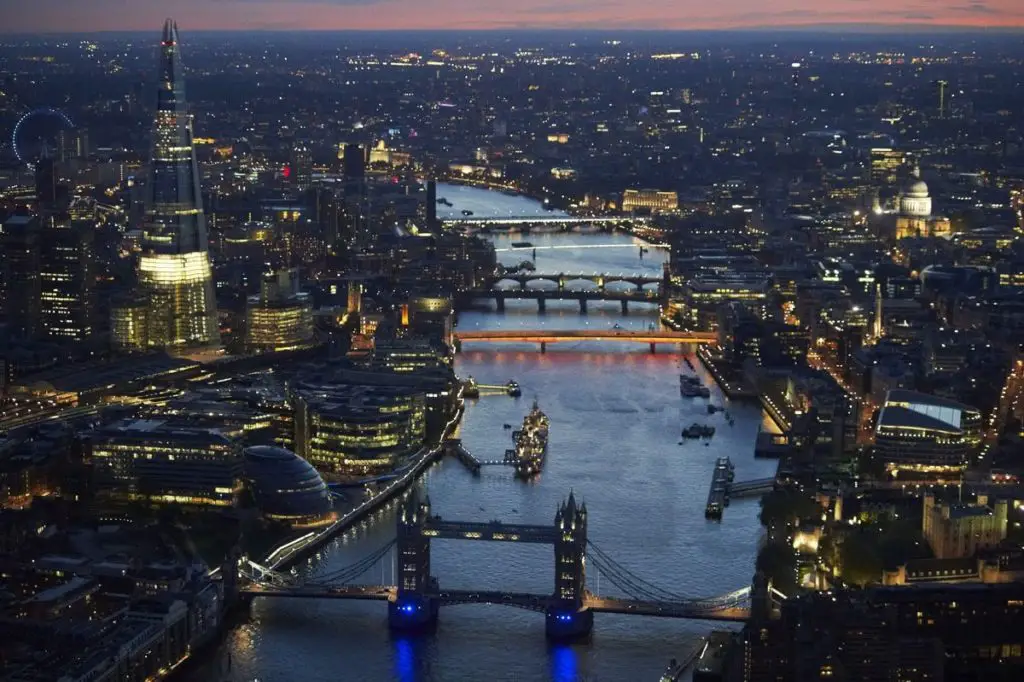
Source, tributaries and depth of the River Thames
The route the river takes upstream does not give a fairly accurate idea of its source and there are many villages claiming to be the place where the river has its source or origin.
Thames Head and Seven Springs are known to be the real and authenticated sources from which the River Thames originates.
Thames Head translates as Head of the Thames, also known in its alliteration as the Cradle of the Thames, the exact place where it originates is in the small village of Kemble near Cirenscester where you can get a monument commemorating the birth of the River Thames and has the inscribed date 1857 – 1974, this monument was placed by the River Conservators.
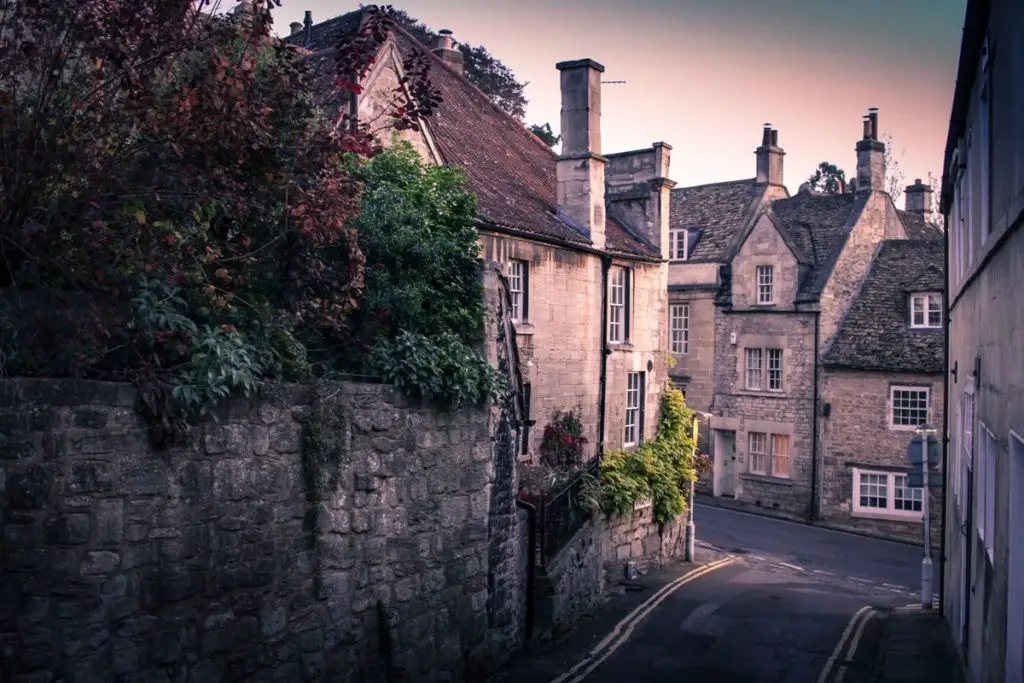
It is at the coldest or wettest times of the year that the river gushes and it is precisely at these times that it is the perfect time to visit this place and see the river gush alongside the monument.
Known as the other proven source of the River Thames, Seven Springs is much further away than Thames Head and it is because of this distance that it is considered by another section of those who have studied the origin of the River Thames to be the true source of the river. The village of Seven Springs is 6 km from Cheltenham in the Cotswold district.
Seven Springs is considered to be the source of the River Churn. At this extreme tributary of the Thames, there is also a monument which claims that this place is the true source of the Thames. If this were true, the length of the River Churn would add 23km to the length of the River Thames, making it the longest and deepest river in the British Isles at 369km, surpassing the River Shannon and the River Seven.
Thames River Fauna
ZSL (The Zoological Society) has recorded a record number of mammal sightings over the past decade, including seals and dolphins, as well as whales and porpoises. The animal welfare charity has recorded more than 2,000 official sightings of these animals over the past 10 years.
For this reason, the most common animals found in the Thames were seals, with over two thousand seals recorded at Canary Wharf, the vast majority of them east of London.
These figures contrast with those of fifty years ago when the park was declared to be in a state of “biological death” and, contrary to what people often believe when visiting London, the waters of the Thames support a very diverse amount of animal life.
Swans on the River Thames
Queen Elizabeth II, who has sat on the British throne in London since 1956, has never attended the annual ceremony on the River Thames.
The annual swan count is the moment when these beautiful birds are counted and their offspring are weighed and thoroughly examined by a group of veterinarians and scientists who are responsible for counting them and also for detecting any type of disease, since the Thames has been the place of origin of these birds since around the 17th century, when these birds began to be bred and developed their habitat in the waters of the river to ensure the supply of food for the English crown’s banquets.
Hunting them and collecting their eggs was totally forbidden, because in the 16th century the supply of these birds was very necessary and essential for all the activities carried out by the Crown, and stealing a bird or even an egg was punishable by imprisonment.
The count has been maintained for years as a tradition and a way of ensuring the conservation of this species in the waters of the Thames, which also fills the waters and landscape of the city of London with unparalleled beauty on its most natural side, the river.
The decline of the species is a reality, and some two hundred years ago there may have been twice as many swans in the waters of the Thames as there are today, due to poachers, dogs and even pollution.
Rivers like the Thames, or any other river in the world with such a rich variety of wildlife (see the link to the fauna of the Iguazú River), need to be cared for and saved by the people who live around them.
Pollution of the River Thames
The Thames was in a very advanced state of pollution along its seventy-kilometre stretch from the Gravesend area to Teddington Lock, since sampling carried out in 1957 showed that no fish could survive in these waters.
For many centuries, the Thames was the ideal place for salmon to spawn from the sea and was home to many other fish, including saltwater fish, and fishing was a tradition passed down from generation to generation of fishermen.
As the city grew, like any other urban centre, the amount of rubbish produced increased and for years it was thrown into the river. But it was after 1800 that pollution really became a problem, because that was when toilets were introduced and all the waste went into the river, because before that all the water from human waste was dumped into pits.
Much work was done to restore the river, but the rapid growth of the chemical industry and the excessive growth of the city and its population wreaked havoc on the waters of the Thames.
Both the chemical and gas industries dumped their waste into the river, exacerbating the gradual process of pollution. Even the electricity industry dumped water into the river at high temperatures, which greatly reduced the oxygen in the water, making it harder for many species of flora and fauna that lived in the river to survive.
Decontamination and recovery of the Thames River
The Thames is not the only polluted river in the world (see link Polluted Parana River) and is currently one of the cleanest rivers flowing through a city like London, but at the end of the last century it suffered the ravages of pollution until the middle of the last century when it was cleaned up thanks to national recovery plans.
Several studies show that the observation of aquatic animals in the Thames has increased over the last decade, with around two thousand seals seen in the Thames, as well as porpoises and dolphins navigating the waters of the river, including some lost whales that have entered the river.
It was at the beginning of the 1960s that the greatest efforts were made to restore the Thames from its polluted state, by modernising and updating the sewage treatment systems in place at the time to reduce emissions from the gas, chemical and electrical industries.
From the 1970s, wildlife began to reappear in the Thames, with some 72 different species living in its waters, a variety of fish such as eels could be caught, birds such as ducks, herons and other wading birds became familiar to the public, and even plant species that had been thought to be extinct on the banks of the Thames reappeared.
This is unthinkable in a river that was so polluted that not even fish could live there. Even today there are problems such as the abundance of plastic, which directly affects the animals.
Tunnel under the River Thames
It refers to a tunnel of impressive dimensions for the time, this structure is one of the first to be carried out in London at that time, the tunnel is located under the river about 23 metres below the level of the Thames, has a length of three hundred and ninety metres or a little more and its section is 11 metres wide and 6 metres high.
This tunnel was originally designed as a passageway for carriages, but was never used for that purpose. Built in the first two decades of the 19th century and completed in 1843, it was the first tunnel to be built under a river as fast as the Thames.
Thomas Cochrane was the designer of this tunnel, along with Marc Isambard Brunel, who invented a new and modern formwork system for building tunnels. This technology was so advanced at the time that it allowed construction to be carried out in such a way as to avoid the earthquakes caused by excavation.
This tunnel was built with a protective shield, which would become the technique par excellence for tunnel construction throughout the world, as this very common method of excavation was able to avoid earthquakes as much as possible and would therefore become the method par excellence for excavation. The Thames Tunnel was a real engineering milestone, as it was the first tunnel to be built with the protective armour system.v
This armouring is used to hold the tunnel roof and walls in place while the lining and bricks are being laid and reinforced, and it also greatly facilitates the mechanical excavation of the tunnel. The aforementioned Marc Brunel would take credit for these innovations, which would be maintained and developed over time.
In March 1825, the Brunels (Marc Brunel and his son Isambard Brunel) began work on the tunnel, installing the shielding for the walls and ceiling. The progress of the work was much slower than expected because of the precariousness of the terrain and the health risks to which the workers were exposed.
In addition to the precariousness of the terrain, two floods affected and delayed the construction, and Isambard Brunel almost lost his life.
After the construction of the tunnel was stopped and a loan was obtained from the government, the work was resumed after 7 years. During this time, the armouring was perfected and the tunnel was completed in 1843.
In 1865, due to the high cost of its construction, it was decided to sell the tunnel to the East London Railway, which carried out a series of alterations and converted the tunnel under the Thames into a passage for steam trains, and today it still serves as a passage for underground trains.
Bridges Over the River Thames
For tourists who love to know the cities they visit in depth, in this article we will refer to the 14 bridges over the River Thames in London that cross the width of the river and are excellent highlights of the city to know and enjoy, although there are 33 bridges that cross the river from long to long but in this article we will talk about the 14 most important.
Most tourists who visit London are familiar with other tourist attractions such as London Bridge or Tower Bridge, but they are often unaware that there are a large number of other bridges in the city to admire, twelve of which can be visited by car or on foot if you want to enjoy their infrastructure better, and three of which can only be crossed by train.
There is also talk of a new bridge linking Temple and the South Bank, which would be a novelty, not because it is a river bridge, as there are already more than a dozen of them, but because it is a bridge and a garden at the same time, where you can cross the Thames while breathing fresh air and observing all kinds of plants.
It will be known as the ‘Garden Bridge’ and could become a reality in a few years’ time if the necessary funds can be raised for the project.
Here is a list of the 14 main bridges that cross the Thames in London:
- Battersea Bridge
- Albert Bridge
- Waterloo Bridge
- Blackfriars Rail bridge (can also be crossed on foot)
- Millennium Bridge
- Southwark Bridge
- London Bridge
- Tower Bridge
- Chelsea Bridge
- Grosvenor Rail Bridge
- Vauxhall Bridge
- Lambeth Bridge
- Westminster Bridge
- Charing Cross Rail bridge.
Oxford-Cambridge Regatta
The Oxford-Cambridge Regatta is an annual rowing competition on the River Thames. Both universities select their best rowers to compete in the event, which is held on the river each spring.
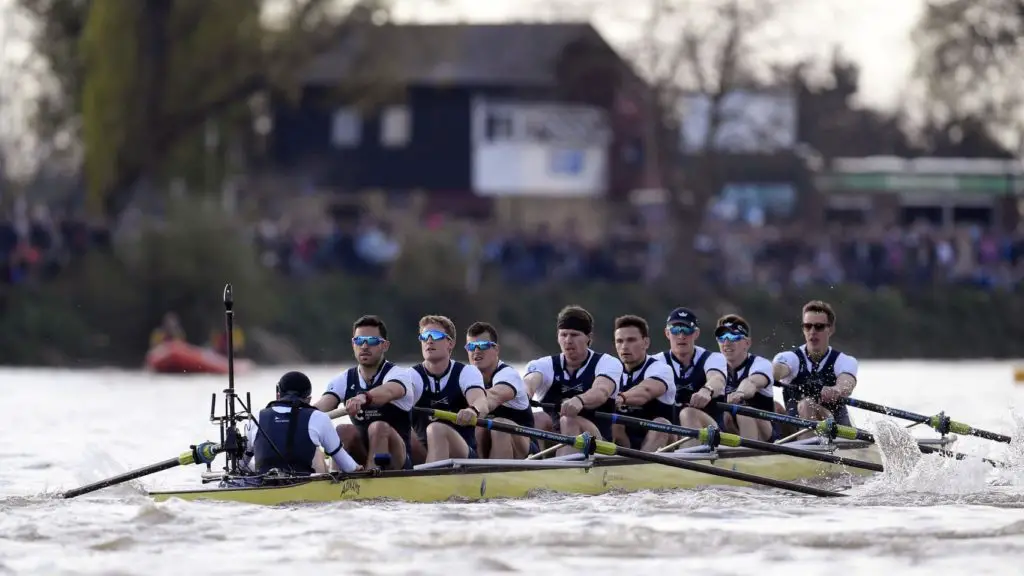
Not only do students from these universities take part, but so does the wider community, with at least a quarter of a million people turning out for what has become an annual tradition.
The competition is televised and every year at least half a billion people around the world watch from their homes, making the Oxford-Cambridge Regatta one of the most watched sporting events in the world.
The first rowing race on the River Thames was held in 1829, and the event has been held annually since 1856, with the exception of the period between the two world wars.
The competitors are known as the Blues and the boats are called Blue Boats. Members of the Cambridge team compete in light blue and those of the Oxford team in dark blue.
The race is almost seven thousand metres long (6779 or 4 miles and 374 yards to be precise) and starts at Putney and goes to Mortlake, through Barnes and a place known as Hammersmith, which is the vast majority of the times this race has been run, although on other occasions it has been run from Henley to On-Thames and in the early 1840s it was run between Westminster and Putney, also on several occasions it has been run from Mortlake to Putney.
The two participating boats, each with eight competitors, are scheduled to start before the river reaches its strongest channel.
The victory statistics for the official races, excluding the wartime races which are not official, are 82 victories for Cambridge University and 79 for Oxford, with Cambridge having the most consecutive victories with 13 between 1924 and 1936.
Cambridge also hold the record for the 1998 competition, completing the course in 16 minutes and 19 seconds at an estimated speed of 24.9 km/h.
River Thames curiosities you should know about
Among the curiosities and features of the Thames are that there are 37 crossings that go over or under the river, 33 bridges and four tunnels.

Some claim that the river water is safe to drink, but this is not assured as they claim that by allowing the water to settle overnight it will be perfectly drinkable, although this is not recommended.
In the City of London near the River Thames there are 4 World Heritage Sites; The Palace of Wesminster, Kew Gardens, Greenwich Waterfront and the Tower of London.
Tower Bridge has an average opening rate of thousands per year and is a must-see for those travelling to the city. The opening lasts only 60 seconds and allows high ships to pass through the bridge when it is open.
The most emblematic places of the city are located at a considerable distance from the River Thames, which makes this river the soul of a city as advanced as London, yet it has not abandoned its natural role and its contact with nature and the environment, which long before the city was built was in constant advance with an extremely rich fauna and a stream that supplied the entire plain with the precious liquid.
If you want to know more about other important rivers in Europe, visit the links Rio Duero and also the Rio Turia.
Here is this curious case of a young man jumping into the river
Images of the Thames
Tower Bridge in London
Tamesis
Marlow Inglaterra

